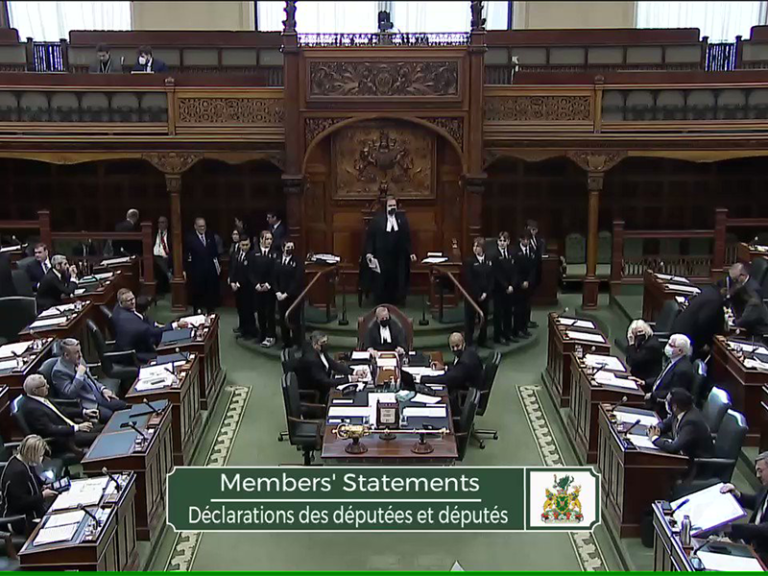By Deborah O’Connor
 News that a methadone clinic is about to open its doors in Cobourg may be alarming to some residents, but for opioid addicts in the community who have to travel to Peterborough or Oshawa for treatment, it’s about time. This category of dangerous drugs includes familiar names like heroin, morphine, codeine and opium as well as more recent incarnations like Percocet, dilaudid and the latest, oxycontin. While many are fearful of their presence in our community, perhaps some facts can calm those worries and inject reason into the debate.
News that a methadone clinic is about to open its doors in Cobourg may be alarming to some residents, but for opioid addicts in the community who have to travel to Peterborough or Oshawa for treatment, it’s about time. This category of dangerous drugs includes familiar names like heroin, morphine, codeine and opium as well as more recent incarnations like Percocet, dilaudid and the latest, oxycontin. While many are fearful of their presence in our community, perhaps some facts can calm those worries and inject reason into the debate.
Methadone treatment for opioid drug addiction has had a troubled history in Ontario, starting with scandals involving doctors with the Ontario Addiction Treatment Centres who were over billing OHIP for tests. A small number of pharmacists not adhering to the rules of distribution and supervision of the drug. With those issues resolved and firmly in the past, strict rules apply for everyone involved, from doctors to clinics to pharmacies to patients. The Ontario Addiction Treatment Centres have cleaned up their act and grown from a couple of dozen member clinics to a current total of 36 throughout the province.
From the Centre for Addiction and Mental Health, we learn methadone is a synthetic opioid itself, first developed during World War II to combat pain. It wasn’t until the 1960’s that it began to be used as treatment for opioid addiction. In Ontario, all doctors must be specially trained to prescribe methadone and all patients listed on the methadone registry operated by the Ontario College of Physicians and Surgeons. Patients are carefully monitored through regular drug testing and the scrutiny of the clinic treating them. In Northumberland County that scrutiny is provided by the small number of pharmacies who dispense the daily dose of the drug, since no clinic has operated locally to provide that oversight. It’s generally agreed that the treatment works better when the middleman, the pharmacist, is taken out of the treatment picture and dispensing and supervision provided directly by the staff of the clinic providing the program.
Patients using methadone to curb cravings for the often deadly opioids are carefully monitored while the correct dosage is established. Using the right amount means the patient feels normal and calm, not high or drowsy. Regular drug testing ensures they aren’t still using other drugs, and the clinics provide counselling if they are. For some patients, treatment can taper off eventually, while for others it continues indefinitely. Either way, with appropriate treatment, patients can get on with their lives and establish stable work and family routines that just aren’t possible otherwise.
Drugs that are illegal may cause the drug abuse that methadone treatment prevents, but these drugs nevertheless can be found in any town anytime, including our own. Locally police are very concerned about the growing numbers of people dependent on opioids and province-wide the statistics on oxycontin overdoses and addiction are extremely alarming. We have to ask ourselves who is more dangerous, untreated and unstable opioid drug addicts in our midst, or a methadone clinic where people who want to overcome their addiction can go for treatment easily and conveniently, without the need or cost to travel outside the area for the services they need. Somehow banning the clinic is akin to banning Alcoholics Anonymous, as if we could rid our community of problem drinkers by preventing them from trying to get sober together. That doesn’t make much sense and neither does preventing addicts from receiving treatment that can get them back on their feet.



who pays for this?
Well said! As someone who has a family member who is getting treatment for an addiction, it is great to read someone’s supportive view! Because after all, getting help should be easy and you shouldn’t be condemned for it!